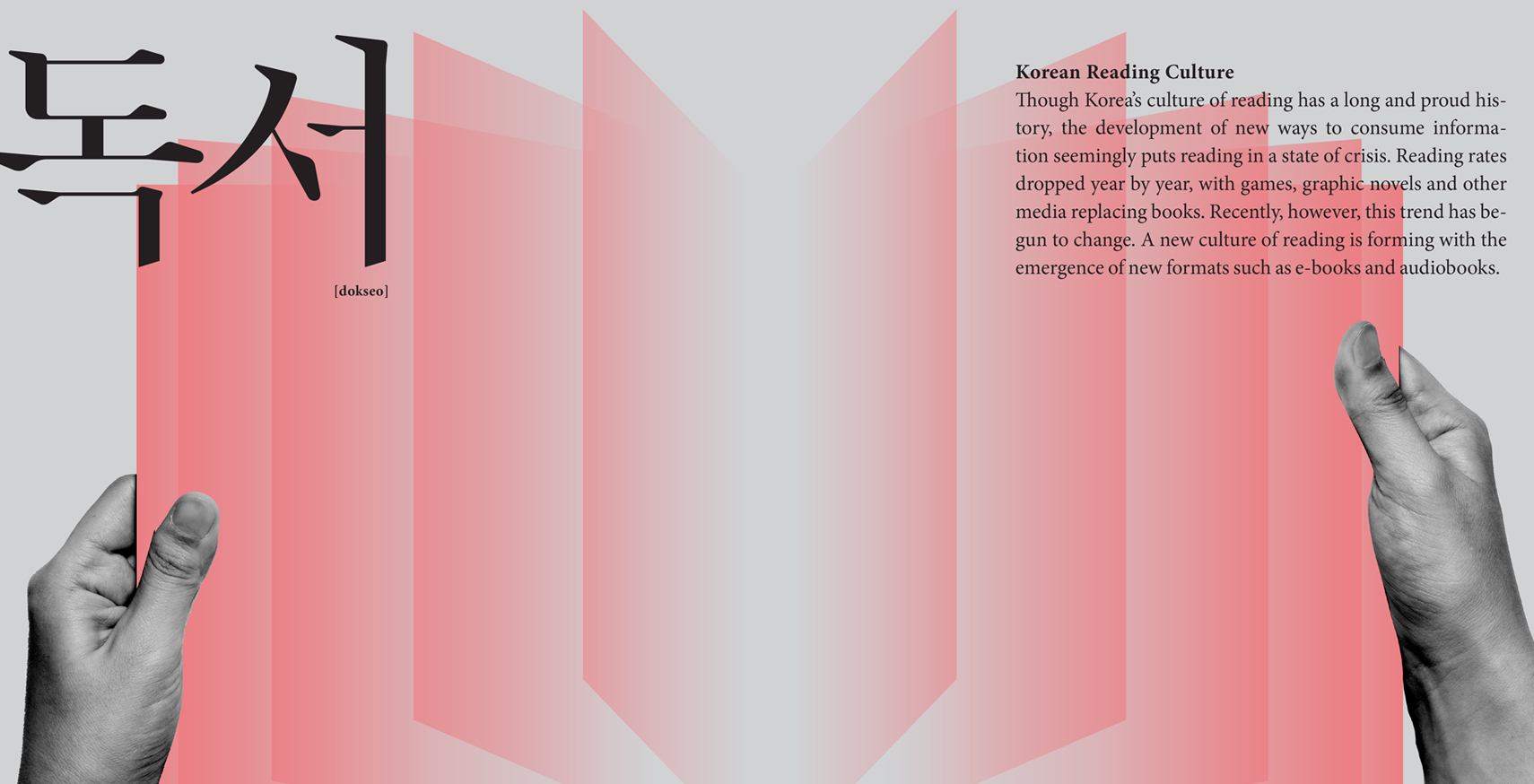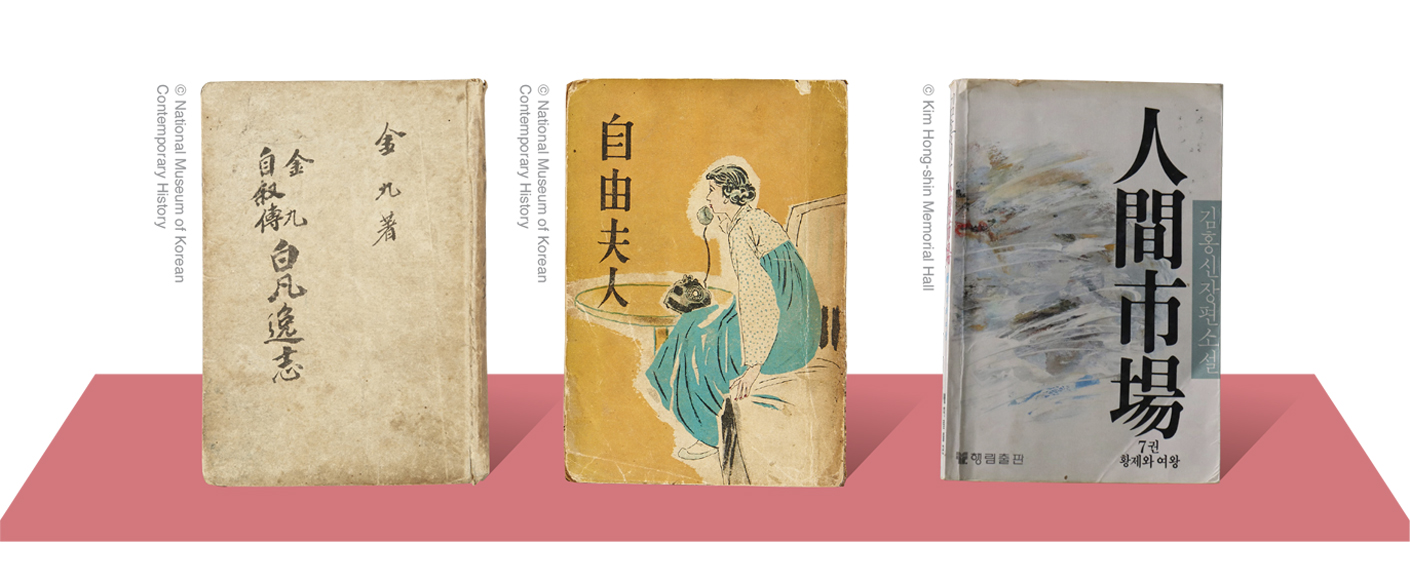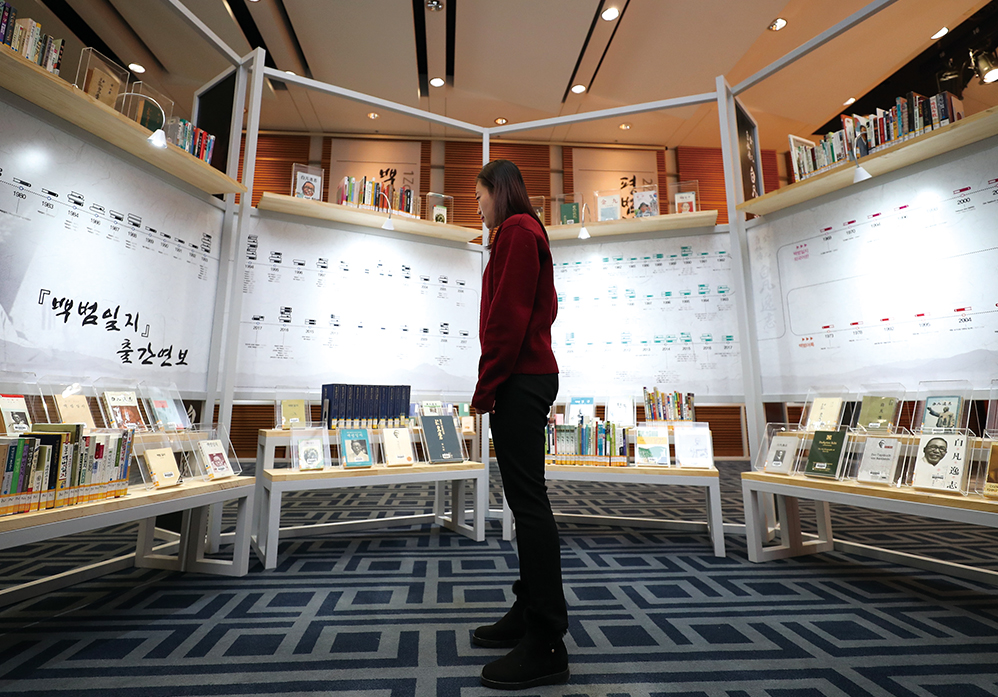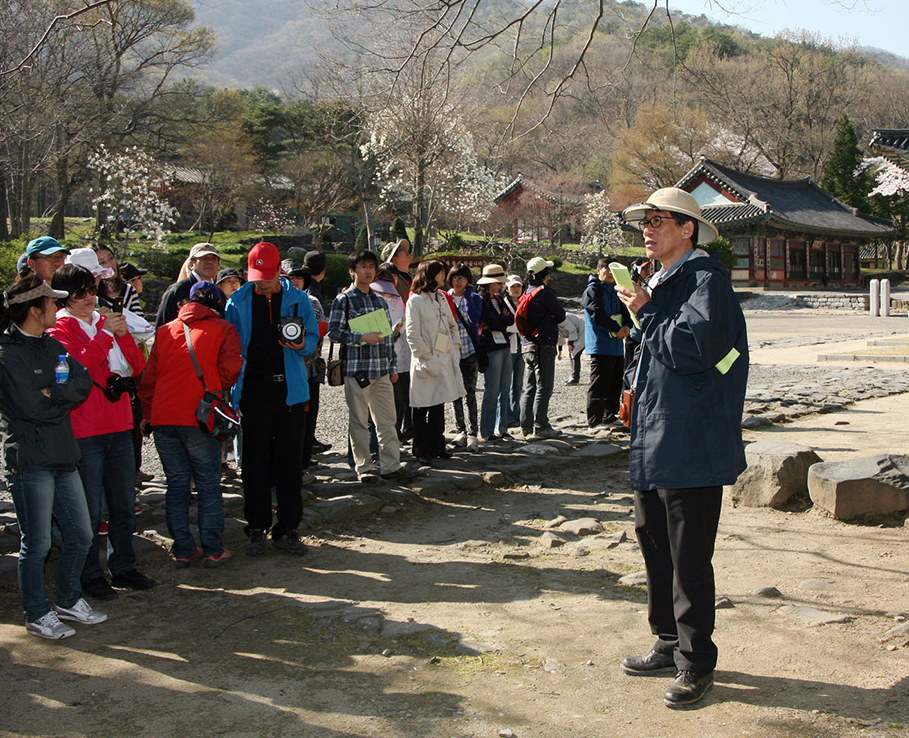October 2021

October 2021
“Dynamic” is a common way to describe both Korea and the Korean people. While Korea became independent in 1945, the Korean Peninsula was divided into two following the Korean War (1950-1953). The country was deep in poverty at the end of the war, but then underwent rapid economic development until the 1970s. Korea then became a democratic society in the 1980s. By the 1990s, the country had begun developing its “culture industry.” Then, at the turn of the century, Korea became a global leader in information technology. The country’s best-selling books provide a window to observe the “dynamic” nature of Korean society and its people.
Written by
Pyo Jeong-hun,
writer and literary critic
Photo courtesy of
Yonhap News

It is hard to avoid mentioning the Journal of Baekbeom when discussing Korea’s best-selling literature during the modern and contemporary period. Published in 1948, the book is an autobiography written by Kim Gu, a prominent Korean independence activist, and all Koreans are familiar with it. Kim’s book, which talks about his experiences leading the Provisional Government of the Republic of Korea in Shanghai and his fight against Japanese imperialism after Korea became a colony of Japan, is still read by many Koreans and helps them to understand their national and historical identities.
The biggest bestseller of Korea’s modern period is Jung Bi-seok (1911-1991)’s novel Madame Freedom, which was published in 1954. The book sold 140,000 copies when the most popular novels only sold around 30,000 copies. It became even more popular when it was made into a film. The book came as a shock to many readers because it focused on sexual morality. Specifically, it portrayed a married woman and her university professor husband involved in extramarital dalliances. Many people openly criticized Jung for the novel. Nonetheless, Madame Freedom was popular because it showed the realities of the country’s society at a time when it faced confusion, disorder and the collapse of traditional values right after the Korean War.

Korea had rapidly achieved industrialization by the 1970s. While the era was defined by high economic growth, Korean society faced increasing difficulties. Koreans needed psychological comfort to come to terms with the endless competition to achieve success and the fatigue caused by a consumption-driven society that looked down on human values. The book Musoyu (Non-possessions), written by a Buddhist monk named Beopjeong, gave readers comfort and soon became a bestseller. The book still ranks as the biggest seller in Korea’s “essay” market and continues to be a steady seller.
In the 1980s, Korea entered an era of political oppression. Korean society, for its part, was faced with worsening mammonism and hedonism. Kim Hong-shin’s novel Human Market sold more than one million copies in 1983, just two years after its publication, becoming Korea’s first book to sell more than a million copies. The novel, which combined action, eroticism and melodrama, was popular because it offered an escape for people under political oppression.
By the 1990s, Korea had achieved both economic development and democratization. For the first time in the modern era, Koreans enjoyed respite from their past difficulties and, naturally, began to turn to fulfilling their cultural desires. Yoo Hongjun’s book, My Exploration of Cultural Heritage helped to fill this craving. The book, which introduced cultural and historical sites the author had visited, was a 10-part series, with the first volume published in 1993 and the last volume coming out in 2017. The book’s move to the bestseller list reflected people’s new interest in experiencing history and culture through travel.

Koreans have tried to find their way forward by
reading various genres of literature.
With globalization accelerating in the 1990s, issues concerning the environment, gender and human rights became matters of worldwide discussion. Bestsellers lists of the 2000s reflect the great interest Korean readers have in international issues.
A prominent example of this was Cho Nam-joo’s Kim Ji Yong, Born 1982, which sold a million copies. The book focused on the global issue of feminism and spread awareness of feminism-related issues not just in Korean society but also to readers worldwide through translated versions.
The bestsellers mentioned in this essay reflect Korean society, which has changed rapidly in the past several decades. Koreans have tried to find their way forward by reading various genres of literature: from the autobiography of a Korean independence activist, a novel reflecting the changing values of Korean society after the Korean War and an essay aimed at comforting a society suffering from fatigue caused by rapid economic development to a book showing the joys of traveling to cultural heritage sites and novels that have found readership around the world. Ultimately, the path Koreans have walked thus far can be traced back to the bestselling books they have read.
 A special exhibit celebrates the 70th anniversary of the publishing
A special exhibit celebrates the 70th anniversary of the publishing
of the Journal of Baekbeom, one of Korea’s best-loved books.
 Yoo Hong-jun, author of My Exploration of Cultural Heritage, leads a tour of an historic spot.
Yoo Hong-jun, author of My Exploration of Cultural Heritage, leads a tour of an historic spot.